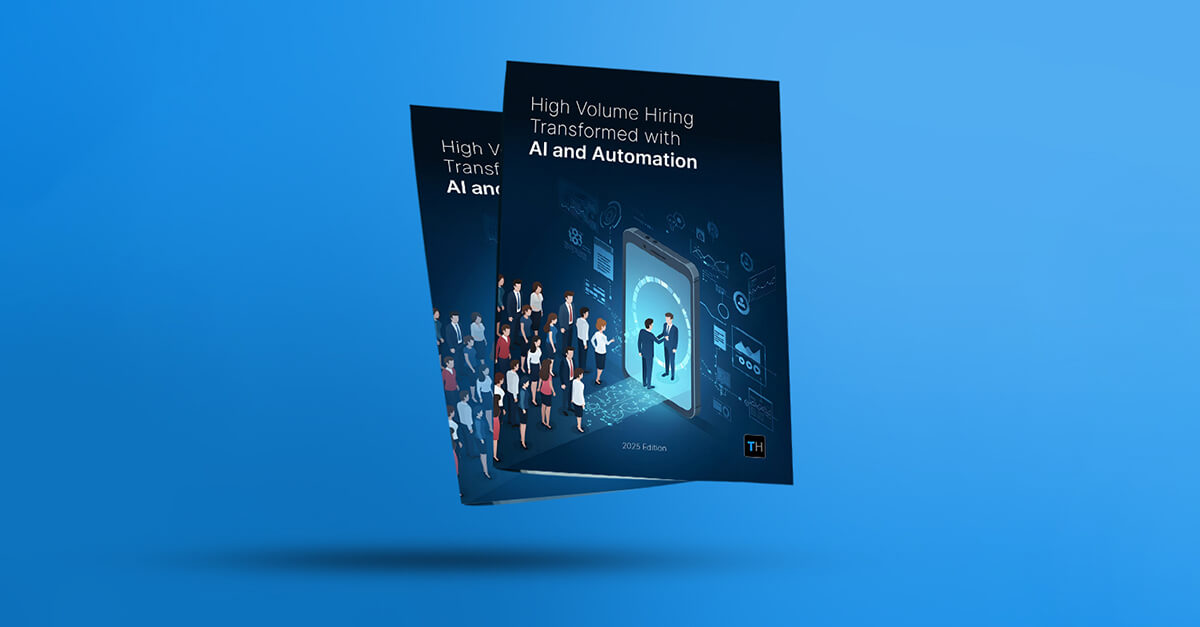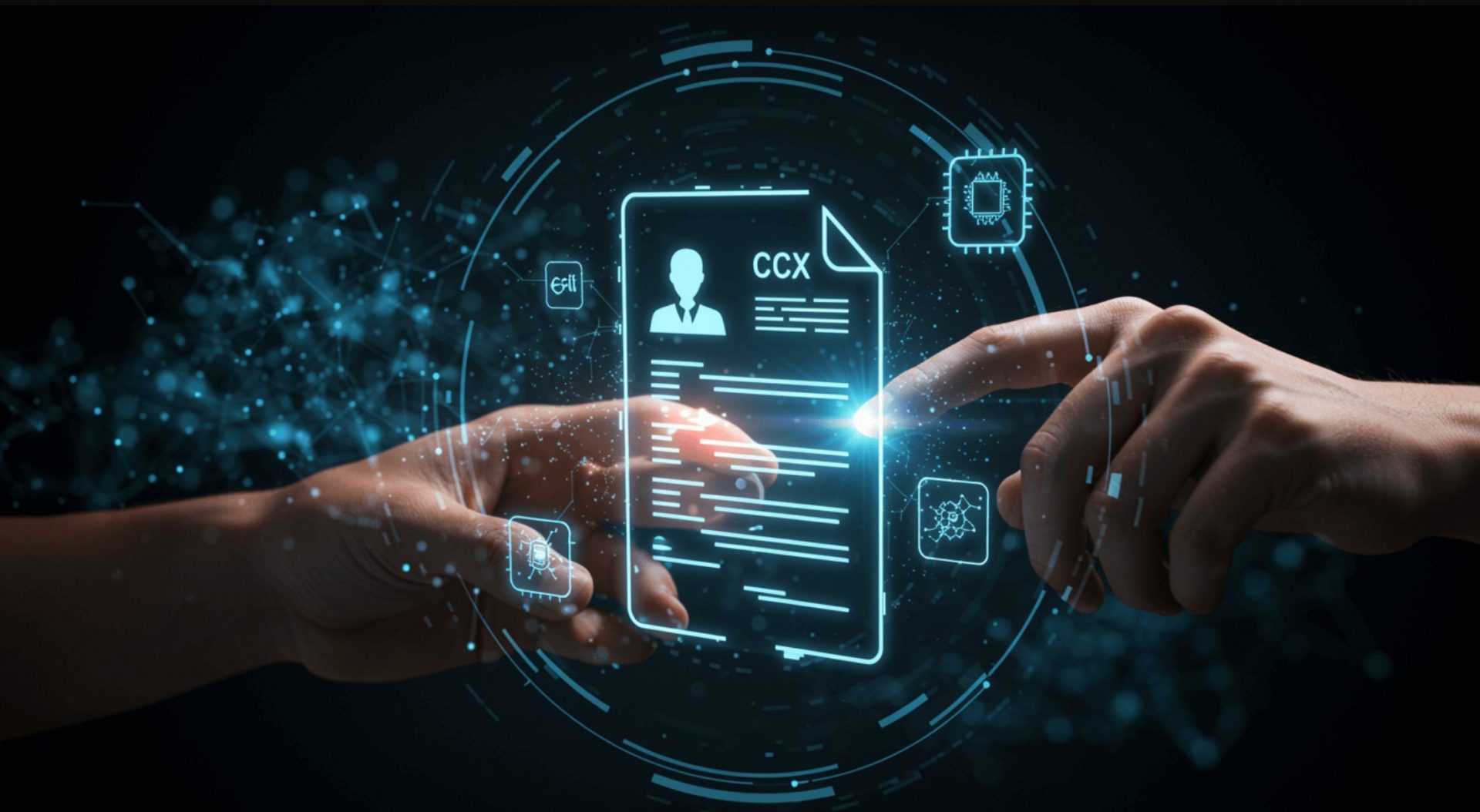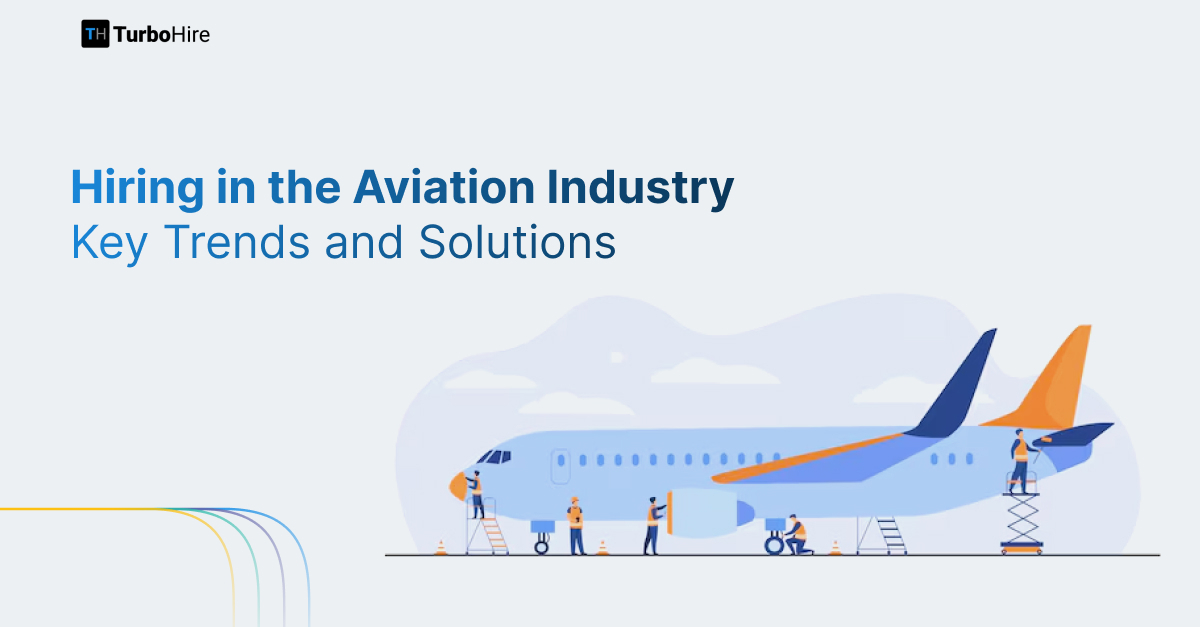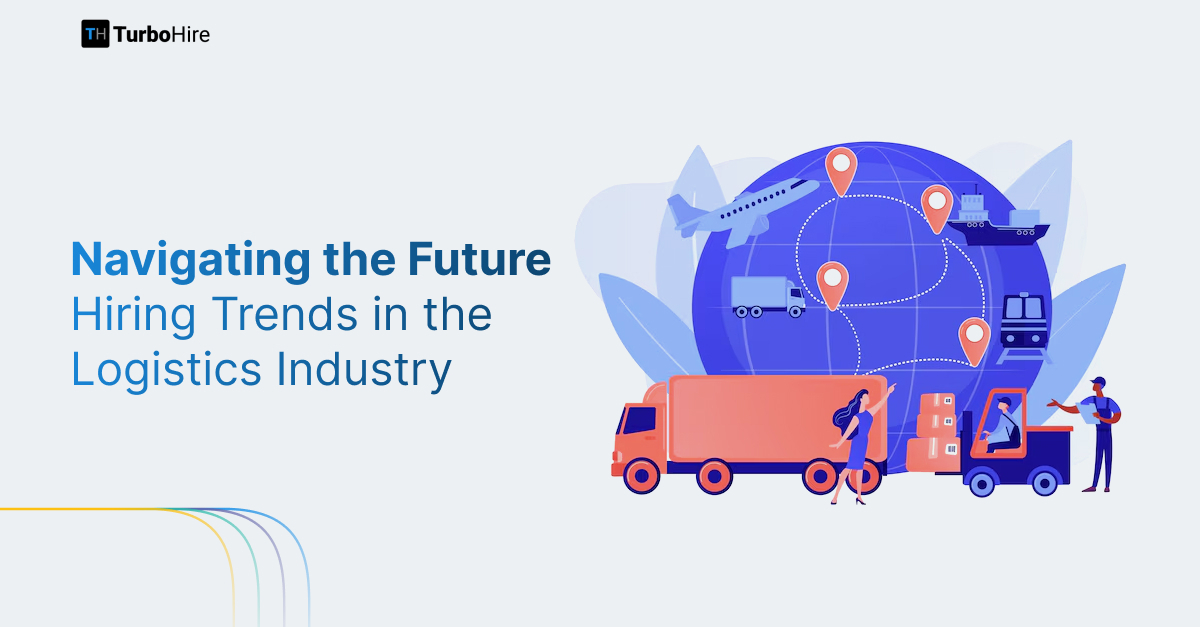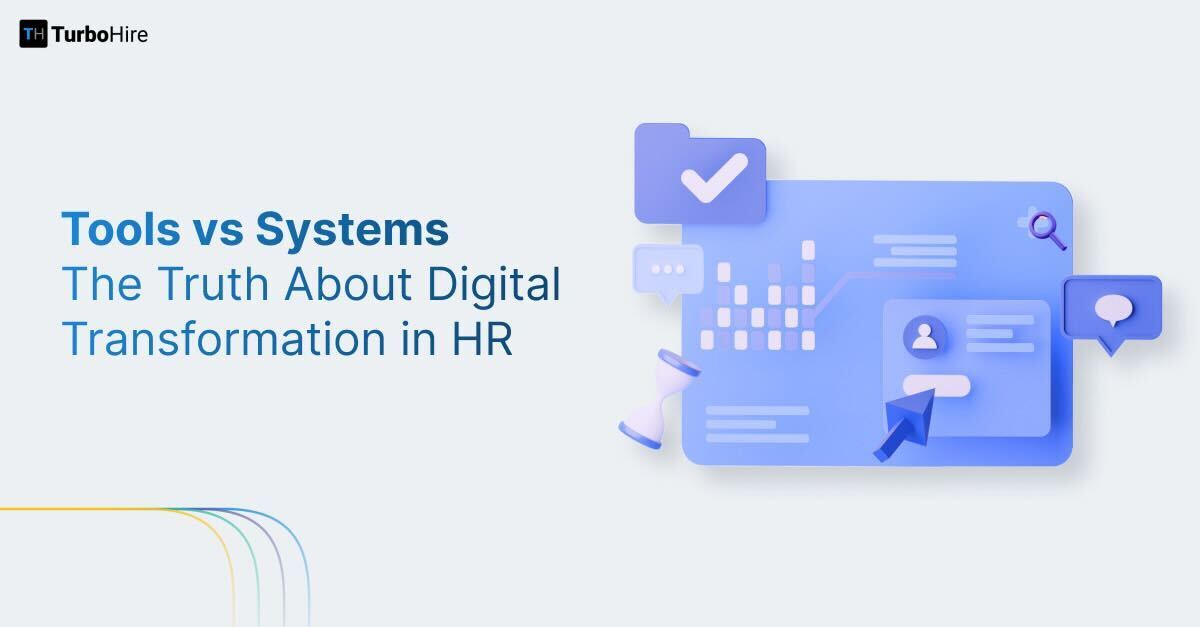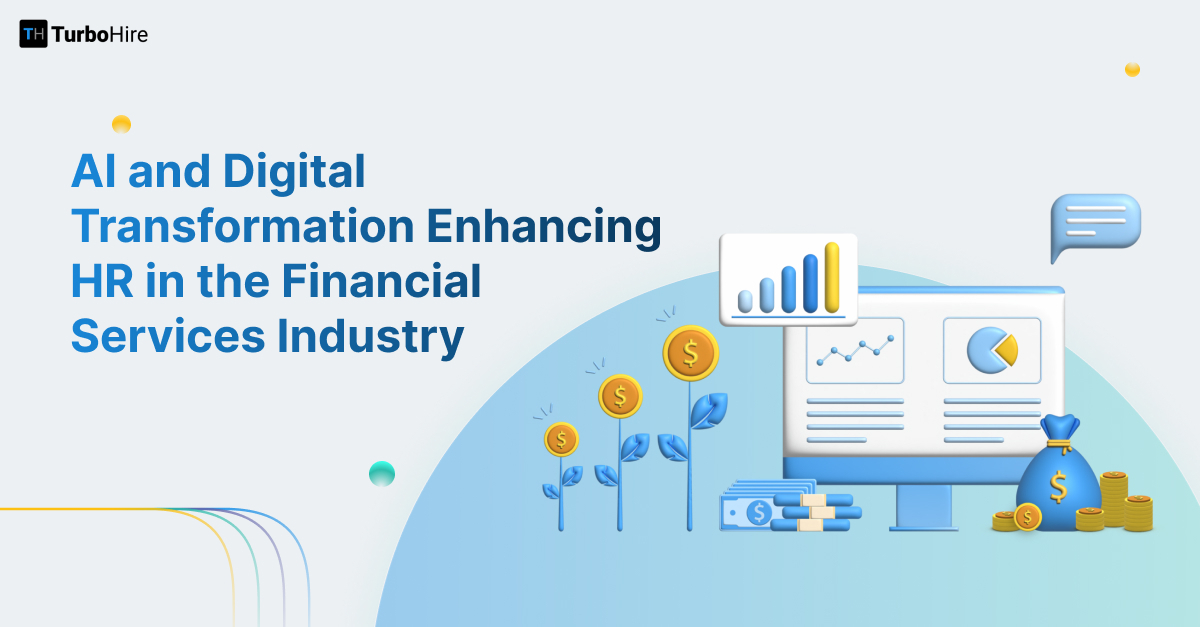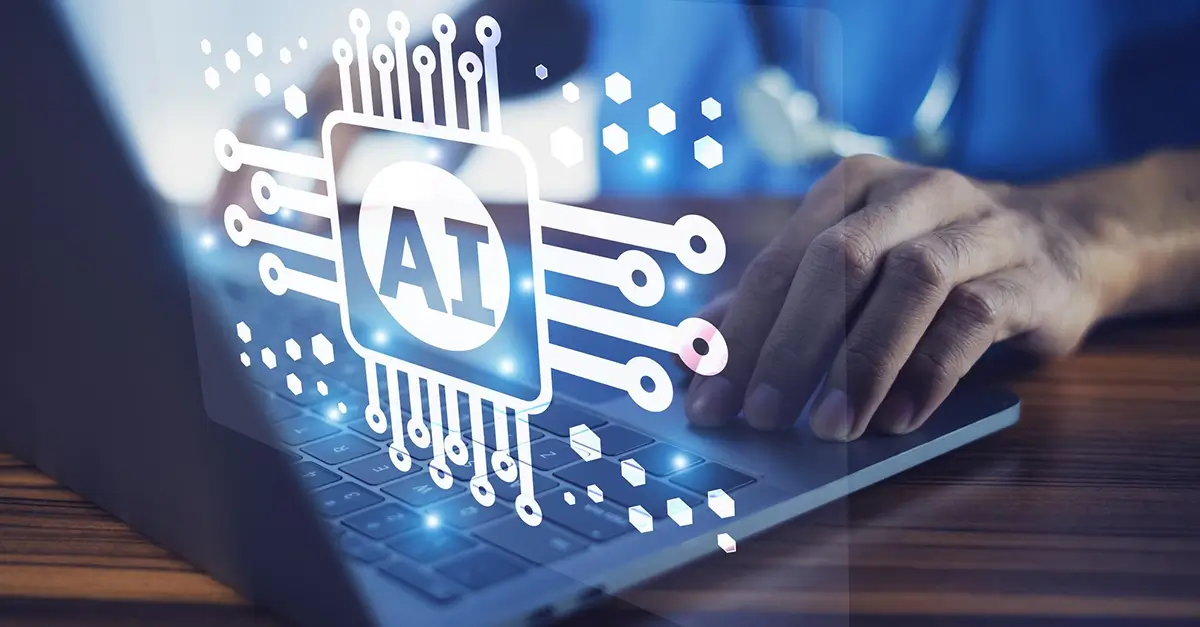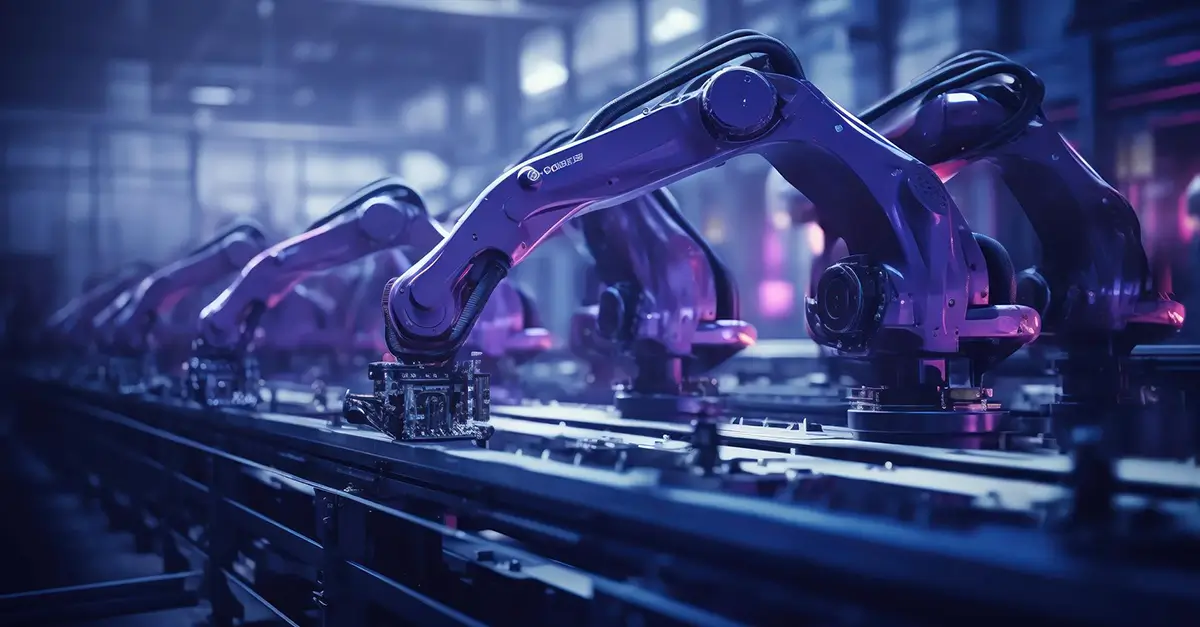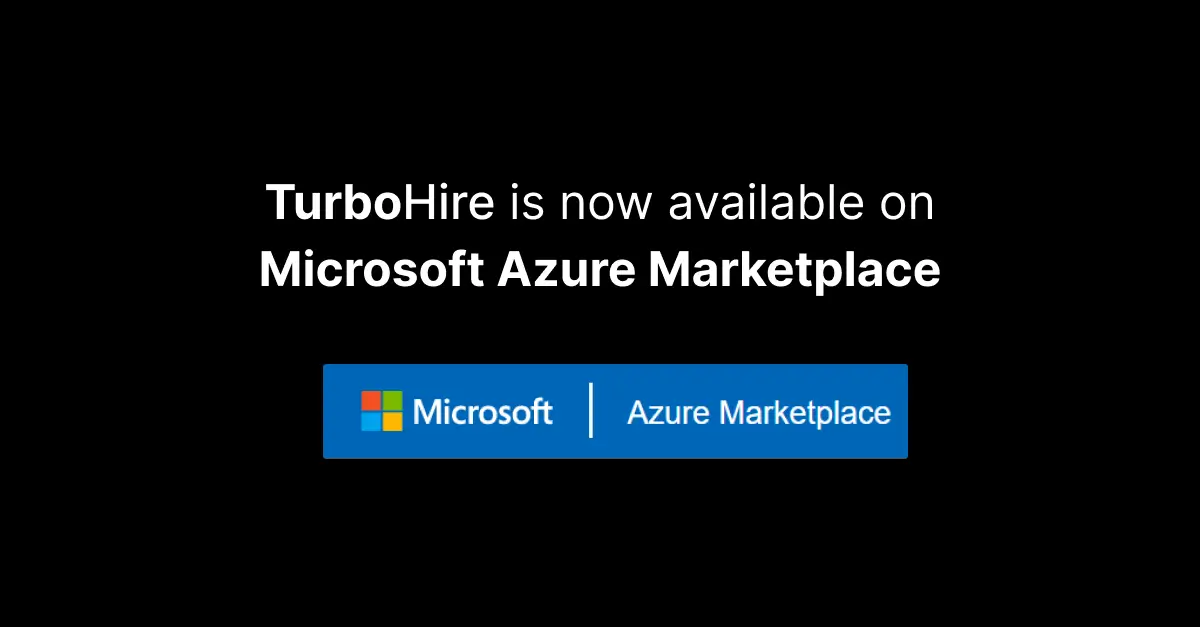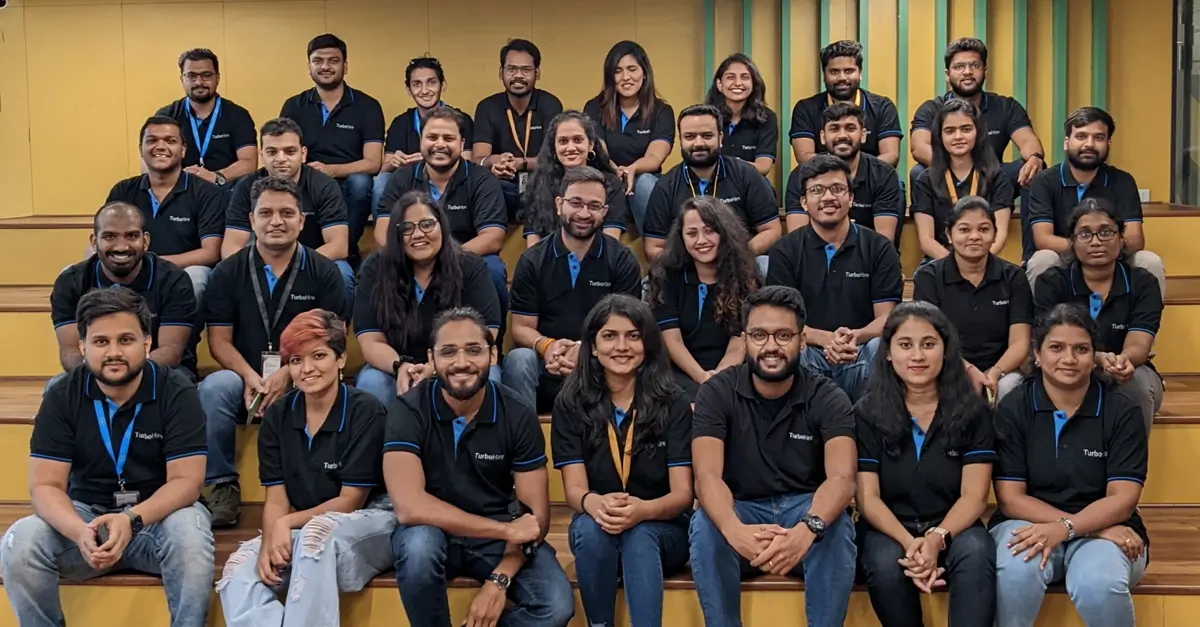Introduction
In today’s fast-paced digital era, businesses face constant transformations driven by advanced technology, evolving market trends, and shifting consumer expectations. To stay ahead of competitors, companies need to proactively invest in a future-ready workforce that is agile, adaptable, and skilled to meet emerging industry demands. This article dives into why developing a future-ready workforce is essential for business success and explores the role of upskilling and reskilling in empowering employees with the skills needed for sustainable growth.
With industries increasingly embracing digital transformation, the demand for advanced skills in areas like automation, artificial intelligence, and data analytics is at an all-time high. Traditional job roles are evolving, with many tasks now automated or streamlined through AI. To maintain a competitive edge, organizations must focus on developing a workforce that can seamlessly adapt to these changes. Building a culture of continuous learning and innovation ensures that employees can stay relevant, enhancing productivity and driving long-term business resilience.
To bridge the skills gap and cultivate a future-ready workforce, companies must invest in strategic upskilling and reskilling initiatives. Upskilling empowers employees to expand their current skill sets, making them more effective in their roles, while reskilling prepares them for entirely new or emerging roles within the organization. These strategies not only retain valuable talent but also enhance job security and employee engagement, creating a motivated and versatile workforce ready to meet future industry needs. By prioritizing upskilling and reskilling, organizations foster a dynamic workplace environment that supports innovation and growth, positioning themselves as leaders in the evolving job market.
The Importance of Skills: TA & Management Perspectives
In today’s rapidly evolving business landscape, building a skilled workforce is essential for success. From talent acquisition and management perspectives, prioritizing skill onboarding and development ensures organizations have access to adaptable, innovative, and strategically aligned talent. By focusing on skills-based hiring and management, companies create a more agile workforce while optimizing employee performance and retention. Emphasizing skill assessment and growth allows businesses to assemble teams that consistently deliver value, driving long-term growth and securing a competitive advantage.
A skills-driven approach is also key to sustainable growth and agility, especially as market demands and technology continue to advance. Skillful employees foster a resilient organization capable of navigating industry shifts and seizing new opportunities. Addressing skill gaps through development initiatives enables companies to adapt dynamically, innovate faster, and maintain a future-ready workforce. Traditional hiring often centers on degrees and past titles, but skills-based talent acquisition identifies candidates with both the technical and soft skills needed for success, enhancing hiring accuracy, reducing turnover, and aligning new hires with organizational goals. This approach broadens the talent pool, helping companies find diverse, capable candidates, even from unconventional backgrounds, and build high-performing teams prepared for sustained success.
TurboHire’s Role in Skills Matching and Hiring the Right Fit
TurboHire, a mobile-first, loginless hiring platform, leveraging the power of AI and automation to provide seamless, skills-based hiring experiences. Designed to streamline the hiring process, TurboHire enables organizations to source top talent from multiple channels, including LinkedIn auto-searches with 1-click, bulk uploads, and QR code applications, all of which flow seamlessly into the platform for efficient candidate management.
With AI-powered resume screening, TurboHire assesses candidates based on specific skills and criteria, automatically highlighting top talent and minimizing manual effort. The platform’s automated interview scheduling, integrated with calendar systems, further reduces administrative tasks by aligning interview times with real-time availability. TurboHire also centralizes multi-channel communication, consolidating candidate interactions into a single screen that allows recruiters to manage conversations efficiently.
Through advanced tools for skills matching, candidate assessments, and data-driven decision-making, TurboHire empowers hiring managers to precisely align candidates with roles that match their skillsets. This unified, intelligent approach saves time and resources while enhancing productivity, helping organizations build a skilled, adaptable, and future-ready workforce. TurboHire also provides seamless, tailored experiences for all stakeholders involved—from candidates to hiring managers and approvers, leadership teams—ensuring an efficient, engaging, and transparent hiring process at every stage.
Why Upskilling and Reskilling Are Critical for Business Survival in 2025
With rapid advancements in technology and shifting market demands, upskilling and reskilling are essential for business survival in 2025. By prioritizing skill development, companies prepare their workforce for future challenges, ensuring adaptability and a competitive edge.
1. Bridging Skill Gaps
Skill gaps continue to widen as technology evolves. Upskilling and reskilling help close these gaps, enhancing productivity and innovation. Addressing skill gaps proactively boosts efficiency and keeps employees equipped for evolving job roles.
2. Employee Retention and Satisfaction
Investing in upskilling and reskilling fosters a culture of growth, improving employee retention and job satisfaction. Employees feel valued, leading to reduced turnover and a stronger commitment to the organization’s success.
3. Enhanced Agility
A skilled, adaptable workforce enables companies to pivot quickly to market changes. By investing in skills, businesses increase their resilience, remaining competitive and agile in a fast-paced environment, ready to seize new opportunities and navigate disruptions effectively.
Digital Learning Platforms: Choosing the Right Tools for Employee Development
Choosing the right digital learning platform is a vital step for companies aiming to support continuous employee development and stay competitive. The best platforms not only provide quality educational content but also align with organizational goals and meet diverse employee learning needs. When evaluating options, companies should focus on versatility, user experience, scalability, and data analytics to ensure a positive return on investment and foster a culture of learning.
1. Platform Versatility and AI-Driven Learning Paths
A versatile learning platform offers a range of content types, from videos to interactive quizzes, accommodating various learning styles for greater engagement. AI-driven learning paths enhance this by tailoring courses to individual roles, skills, and goals, making learning relevant and maintaining engagement.
2. User Experience and Engagement
A positive user experience is essential for successful learning. Easy navigation, appealing design, and features like gamification and progress tracking keep users motivated. Interactive, user-friendly platforms boost participation, enhancing retention and satisfaction with development programs.
3. Scalability and Analytics
Scalable platforms support growth by easily integrating new users and learning modules. Analytics provide insights into progress, skill gaps, and engagement, allowing HR teams to refine training strategies, ensuring the platform stays effective and aligned with business objectives.
How to Create a Culture of Continuous Learning in Your Organization
Building a culture of continuous learning is essential for organizations seeking to remain agile and innovative. A strong learning culture empowers employees to develop new skills, adapt to change, and contribute to organizational growth. By fostering an environment where learning is encouraged and accessible, companies can attract and retain top talent, stay competitive, and drive long-term success. To create this culture, focus on leadership buy-in, incentivized and flexible learning, and mentorship opportunities.
1. Leadership Buy-In and Role Modeling
Creating a learning culture begins with leadership. When leaders actively participate in training and model a commitment to growth, they inspire employees to prioritize development. This support reinforces learning as a core organizational value.
2. Incentivized and Flexible Learning Opportunities
Incentives like certifications and career advancement encourage engagement in learning. Flexible options, including online and self-paced courses, make development accessible and appealing, allowing employees to build skills at their own pace.
3. Mentorship Programs
Mentorship programs facilitate knowledge sharing and skill development across teams. By pairing employees with mentors, organizations support continuous growth, build engagement, and create a collaborative learning environment.
Measuring the ROI of Upskilling and Reskilling Programs
To ensure upskilling and reskilling efforts yield valuable returns, companies must measure their impact on key business outcomes. A structured approach to tracking ROI helps organizations understand how these programs contribute to growth, productivity, and talent retention, ensuring that investments in employee development are well-directed and align with strategic goals.
1. Employee Retention Rates
Employee retention is a strong indicator of program success. Upskilling and reskilling initiatives show employees that the company values their growth, which increases loyalty and reduces turnover. By comparing retention rates before and after implementing these programs, organizations can gauge the direct impact of their learning efforts on employee commitment and retention.
2. Productivity Metrics
Upskilling and reskilling should ideally lead to enhanced productivity. Tracking productivity metrics, such as output per employee or project completion rates, provides insights into how training impacts day-to-day performance. Increases in efficiency and output demonstrate that employees are applying new skills effectively, making training a measurable asset for operational success.
3. Employee Engagement and Satisfaction
High engagement and satisfaction levels often reflect a successful learning culture. Regular employee surveys and engagement scores reveal how upskilling and reskilling impact morale, motivation, and the sense of value employees feel. Engaged employees are more likely to perform well and stay with the company, further boosting ROI on training initiatives.
4. Career Progression and Internal Mobility
Tracking career progression and internal mobility rates indicates whether employees are advancing within the company. Effective upskilling and reskilling enable employees to take on new roles, fill skill gaps, and support internal promotions. Monitoring these metrics helps organizations assess how well training programs contribute to talent development and reduce hiring costs by promoting from within.
Case Studies: Leading Companies in Workforce Upskilling and Reskilling
Top companies are driving workforce development by investing in upskilling and reskilling, boosting productivity and preparing employees for future roles. Amazon, AT&T, and PwC stand out with their innovative programs.
1. Amazon’s Upskilling 2025 Program
Amazon’s $700 million Upskilling 2025 initiative aims to train 100,000 U.S. employees for high-demand roles like data science and IT. Through programs like Career Choice and Machine Learning University, Amazon enables employees to transition into future-oriented positions, strengthening job satisfaction and advancement.
2. AT&T’s Future Ready Initiative
AT&T’s Future Ready initiative, in partnership with Udacity and universities, offers Nanodegrees and online courses in skills like data analytics and cloud computing. This program helps employees thrive in tech roles, aligning with AT&T’s digital transformation goals.
3. PwC’s Digital Fitness App
PwC’s Digital Fitness App uses AI to assess and develop employees’ digital skills, offering tailored content in AI and data analytics. This gamified app supports PwC’s mission to create a digitally skilled workforce ready to meet evolving client demands.
Conclusion
As industries evolve, future-proofing the workforce through upskilling and reskilling is essential for sustaining growth and agility. Organizations that prioritize skill development empower employees to adapt to change, drive innovation, and remain competitive in an increasingly tech-driven world.
Upskilling and reskilling are vital strategies for equipping employees with the skills needed to meet emerging demands. By investing in continuous learning, companies not only close skill gaps but also enhance employee engagement and retention, ensuring that the workforce is prepared for future challenges and opportunities.
AI-driven platforms like TurboHire play a pivotal role in building agile teams by streamlining skills-based hiring, enhancing candidate assessments, and automating processes. TurboHire enables organizations to identify top talent and align skills with evolving job requirements, creating a flexible and resilient workforce ready to adapt in a rapidly changing market.


